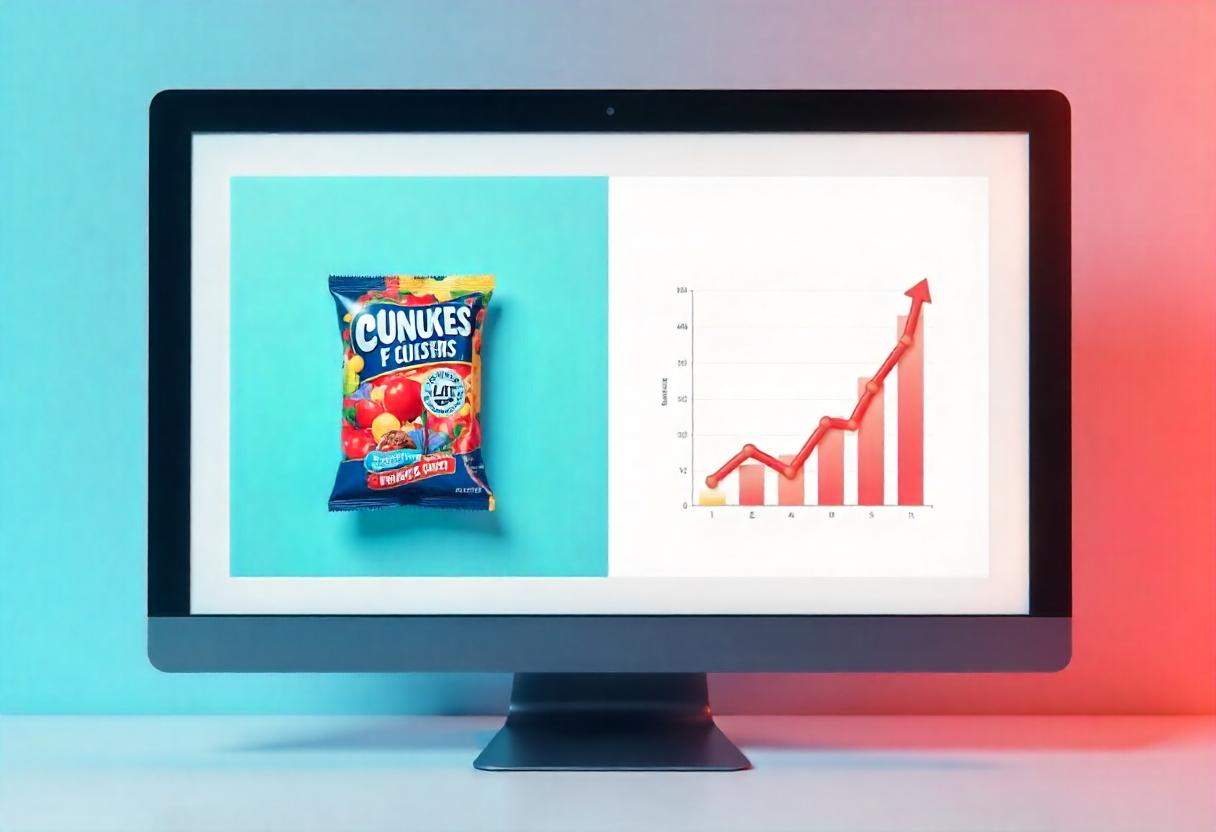How Effective Design Enhances Marketing Campaigns
Learn how design impacts marketing success. Explore principles, data, and actionable steps to align visuals with campaign goals.
Why Design Impacts Marketing
Design shapes brand perception and decision-making.
94% of first impressions link to design (ResearchGate).
Content with visuals gains 94% more views (Venngage).
Core Reasons
Capture attention: Stand out in crowded markets.
Communicate values: Colors and imagery signal brand identity.
Simplify messaging: Clear layouts direct focus.
Design Elements That Work
1. Visual Identity
Visual identity includes logos, typography, and color schemes. A cohesive identity fosters brand recognition and helps consumers identify brands quickly. Consistency across platforms reinforces messaging and builds trust.
Example: Coca-Cola’s red-and-white palette and script logo remain instantly recognizable globally.
2. Color Psychology
Colors evoke emotions and associations:
Blue signals trust (Facebook, LinkedIn).
Red creates urgency (e.g., clearance sales).
Green implies growth (Starbucks).
Align colors with brand goals to influence decisions.
3. Typography and Layout
Use readable fonts for digital screens. Guide viewers with logical layouts (e.g., F-pattern websites).
How Design Strengthens Campaigns
1. Increase Engagement
Infographics get shared 3x more than text posts (HubSpot).
Emails with visuals improve click-through rates by 42% (Campaign Monitor).
2. Build Recognition
Consistent logos and templates reinforce brand memory.
3. Compelling Graphics
High-quality images, infographics, and unified graphic styles simplify complex information. Align visuals with campaign goals to strengthen identity and engagement.
Example: Airbnb uses consistent imagery of inviting spaces to convey community and adventure.
4. User Experience (UX) in Web Design
Prioritize intuitive navigation, mobile responsiveness, and fast load times. Sites with strong UX retain 43% more users (Google) and reduce bounce rates.
5. Improve Conversions
Orange call-to-action buttons outperform blue by 32% (Unbounce).
Simplified landing pages raise sign-ups (Dropbox increased conversions by 10%).
Steps to Optimize Design
Audit materials: Identify inconsistencies in logos, colors, or layouts.
Test variations: Use A/B tests to compare designs.
Prioritize accessibility: Add alt text and ensure text-background contrast.
Use tools:
Photoshop or Canva for social media graphics.
Figma for prototyping.
Measure Design Impact
Track metrics like conversion rates, engagement, and bounce rates. A/B test elements like button colors or layouts. Analyze data to refine strategies and align design with campaign goals.
Common Errors
Overcomplicating layouts: Clutter confuses users.
Ignoring mobile users: 54% of web traffic is mobile (Statista).
Inconsistent branding: Mixed styles reduce trust.
Questions Answered
How does visual identity affect loyalty?
Consistent branding builds trust and encourages repeat engagement.
What colors drive urgency?
Red and orange prompt quick actions (e.g., “Buy Now” buttons).
How to test design effectiveness?
Use A/B tests on landing pages, emails, or ads to compare performance.
Final Note
Align design with campaign goals. Audit visuals, test changes, and focus on clarity to improve results.

